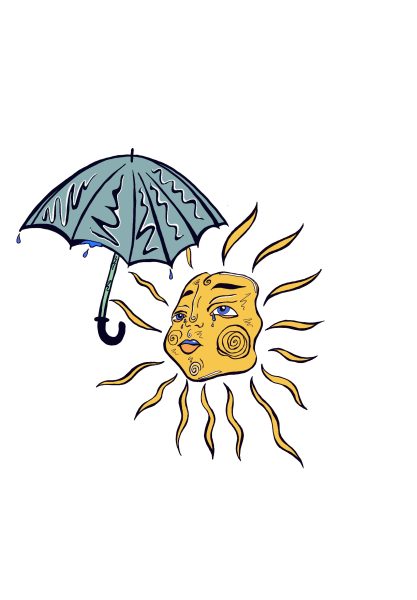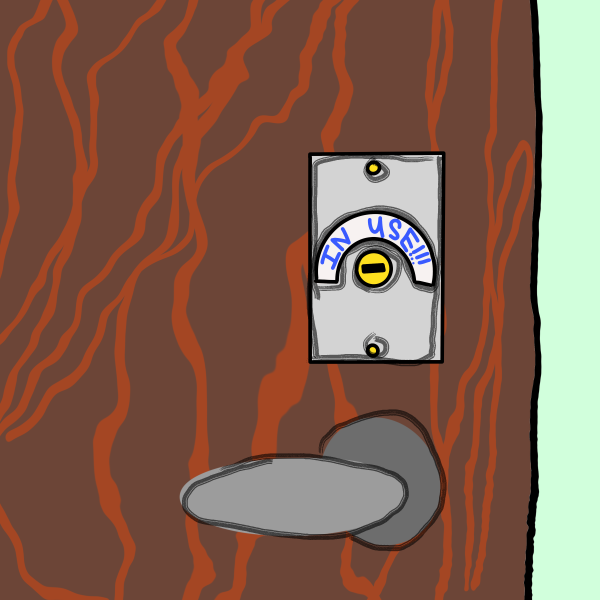The horrible truth about hashtags
Hashtags can spread awareness, unite young activists for an important cause and leave a bunch of teenagers with bruised swollen lips.
May 1, 2015
Now with just a shot glass and the refusal of doctors’ advice, you can have sexy full lips just like Kylie Jenner! The future of easy breezy beauty is here! To clarify, sexy full lips means lips that are bruised, swollen and sometimes even in need of medical attention. The new trend is for teenagers to take a shot glass or wide bottle, put their lips in it and then suck in as hard as they can until their lips feel bigger. What actually happens, of course, is their lips get ridiculously swollen, bruised and in pain.
Dendy Engelman, a dermatologic surgeon, warned teenagers,“Not only can significant pain, swelling, and bruising result from these suction techniques, but there is potential risk for scarring and permanent disfigurement with repeated attempts.”
Women and men have every right to do whatever they want with their body, as long as it’s for themselves, but this is unsafe. “#kyliejennerchallenge” is just another example of an ongoing problem with the impact of digital media.
If you take a Suda Ishida class, you’ll know that media is a double-edged sword; it can either be used as a tool or it can use you. Media can lead to quick and current international awareness but also a group of swollen-lipped teenagers. The hashtag is a newer addition in the social networking world and one that is both a tool and a weapon.
First, here’s a little hashtag history. The number sign or hash character has been around since 1970, but it wasn’t until 2007 when Chris Messina, an open source advocate (does computer things), started the hashtag as a way of grouping. In 2009 Twitter hyperlinked hashtags to the search results in Twitter so that people could click on their hashtag to look up who else used the same hashtag in their tweets. Then, in 2010 “Trending Topics” showed up as a way of showing the most popular hashtags on Twitter. From there, the hashtag really exploded.
Essentially, hashtags mean trends, although in some people’s cases it means a way to summarize every thought they’ve ever had. Hashtags have been used in powerful ways. Hashtags caused easier marketing for entertainment; they have allowed fans to discuss television show episodes with other fans around the world. Some hashtags have united people for important causes that may have otherwise been ignored. For example: #IfTheyGunnedMeDown, #YesAllWomen and #TwitterisBlockedinTurkey.
#ICantBreathe was an impactful hashtag that allowed people around the world to spread this tragic story of police brutality against an unarmed man, and show their support towards the protests. Hashtags can and should be used as a unifying tool, but unfortunately that’s not how it’s always being used.
If only hashtags were just used for global activism, but sadly trends can be used to spread stupid challenges and harmful messages. The #SaltandIceChallenge is one of the many irresponsible challenges on the internet that makes you not want children. The challenge is pouring salt on your skin, along with an ice cube and trying to stand the pain as long as possible. Ice and salt combined causes temperatures colder than the freezing temperature for water which can cause up to third degree burns and possible amputations. This is one of the many life-risking challenges that, thanks to the hashtag, was spread quickly to lots of willing teenagers. Along with the challenges, hashtags can spread bad messages like the examples of #CutForBeiber or #Thinspo.
It’s both terrifying and exciting that in this world we can spread whatever information we want to almost anywhere in a short time. With one hashtag a corrupt government can be taken down, or a trend of teenagers damaging their lips’ mucous membranes for “beauty” can emerge.





